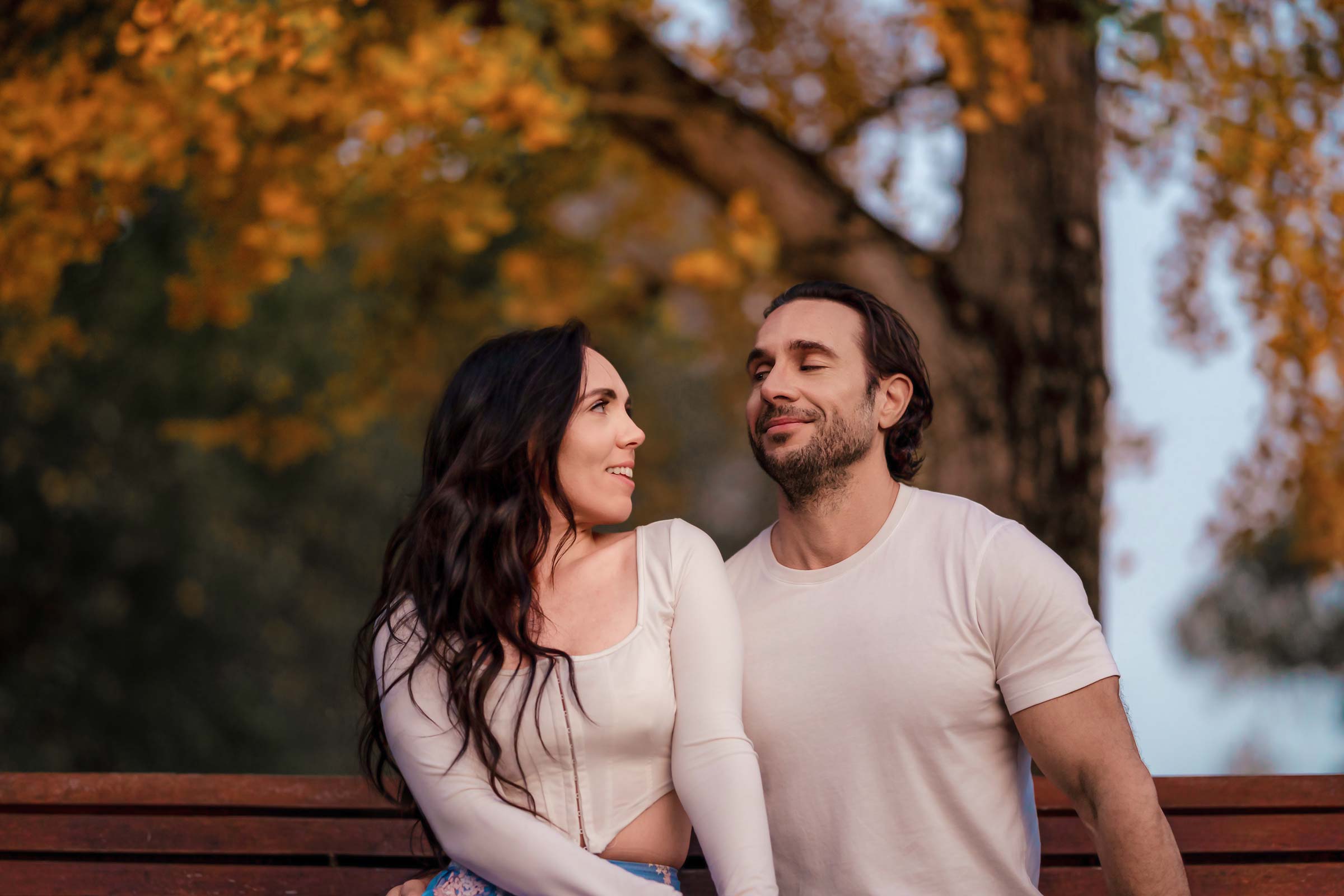Date posted:
Have you ever tried to explain your taste in music to someone? Human attraction works similarly. It's complex, nuanced and doesn't always fit neatly into the categories we've been given. Yet when it comes to sexuality, we often feel pressure to pick a box and stay in it forever.
Understanding sexual orientation is less about finding the perfect label and more about honouring the beautiful complexity of how we connect with others.
Beyond the binary: a richer understanding
Sexual orientation encompasses who we're attracted to, but it includes different types.
Romantic attraction is about who we want to form romantic relationships with. Deep conversations, shared dreams and meaningful memories.
Sexual attraction is who we're physically drawn to and desire. That distinct pull of physical wanting and arousal.
Emotional attraction is who we connect with on a deep emotional level. Those who truly understand our inner world.
These different types don't always align perfectly, and that's completely normal.
The beautiful variety of human attraction
Heterosexual or straight folk are primarily attracted to people of a different gender. Some might occasionally find someone of the same gender attractive, sometimes called heteroflexible.
Homosexual, gay or lesbian individuals are primarily attracted to people of the same gender, though experiences vary widely.
Bisexual people experience attraction to more than one gender. Not necessarily equal attraction to all genders, just an openness to more than one.
Pansexual individuals are attracted to people regardless of gender, focusing on personality, connection or energy rather than gender itself.
Asexual people experience little to no sexual attraction, though they may still experience romantic attraction and desire intimate relationships.
Demisexual folks typically only experience sexual attraction after forming a strong emotional bond first.
The fluid nature of attraction
For many people, attraction isn't static. Sexual orientation can shift and change over time. This doesn't mean people are confused. It means human sexuality is complex and can evolve as we grow and experience life differently.
Sexuality can be incredibly contextual. Someone might identify as straight but find themselves drawn to someone of the same gender in certain situations. This doesn't necessarily change their overall orientation. It just reflects the reality that attraction is more nuanced than we're often taught.
My professional experience
In my work as an escort, I've had the privilege of creating safe spaces for people to explore aspects of their sexuality they've never felt comfortable expressing elsewhere. I often see clients who identify as straight but sense there might be underlying same gender attraction they've never safely explored.
My approach centres around communication and gentle exploration. Sexual discovery should never feel pressured or rushed. Instead, I create an atmosphere where curiosity can unfold naturally, where questions are welcomed and where there's absolutely no judgment about what you discover.
Attraction vs behaviour vs identity
Sexual attraction, sexual behaviour and sexual identity don't always match up perfectly, and that's okay. You might be attracted primarily to one gender but date various genders. You might identify as straight but have had same gender experiences. You might identify as lesbian but occasionally be attracted to men. None of these scenarios make your identity invalid.
Your identity is about how you understand yourself, not about fitting perfectly into someone else's definition.
The question of labels: helpful tools or limiting boxes?
Labels can be incredibly helpful for some people and completely unnecessary for others. Some find labels provide language for their experience and help them find community. Others feel constrained by labels and prefer to simply describe their attractions as they experience them.
Both approaches are completely valid. You get to decide whether labels serve you or not. You're allowed to use them, change them or abandon them entirely based on what feels most authentic to you.
Supporting others (and yourself) on the journey
If someone shares their orientation with you, respond with something like "Thank you for trusting me with that" or "What would be helpful for me to know about supporting you?" Avoid asking invasive questions or treating their orientation as a topic for debate.
If you're exploring your own sexuality, be patient and gentle with yourself. You don't have to figure everything out at once. You don't have to announce anything before you're ready. You're allowed to take all the time you need to understand your own experience.
Moving forward with compassion
What matters most isn't finding the perfect category for yourself or others. What matters is understanding yourself well enough to create authentic, satisfying relationships and connections that honour who you really are.
The spectrum of sexual orientation reflects the beautiful reality that humans are complex, diverse beings capable of many different types of connection and love. There's no right way to experience attraction, and there's no timeline for understanding your own orientation.
Your journey of sexual self discovery is yours alone. It doesn't have to look like anyone else's, and it doesn't have to make sense to anyone but you. All that matters is that you're being honest with yourself and treating yourself with the same compassion you'd offer someone you deeply care about.
If this resonates and you'd like to explore further in a safe, non judgmental space, please reach out.
Evie Elysian · Melbourne Independent Escort





